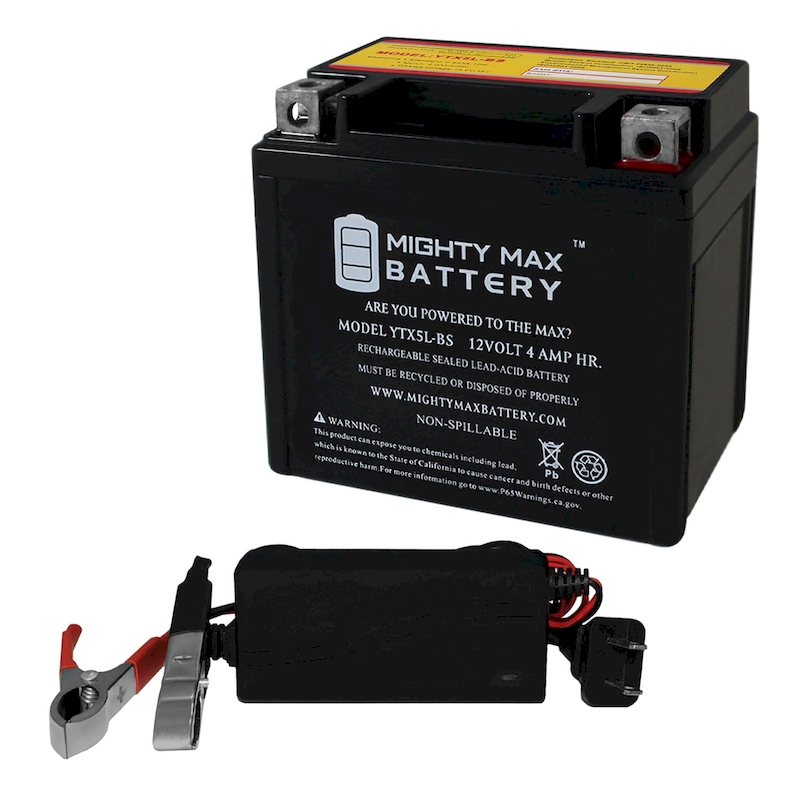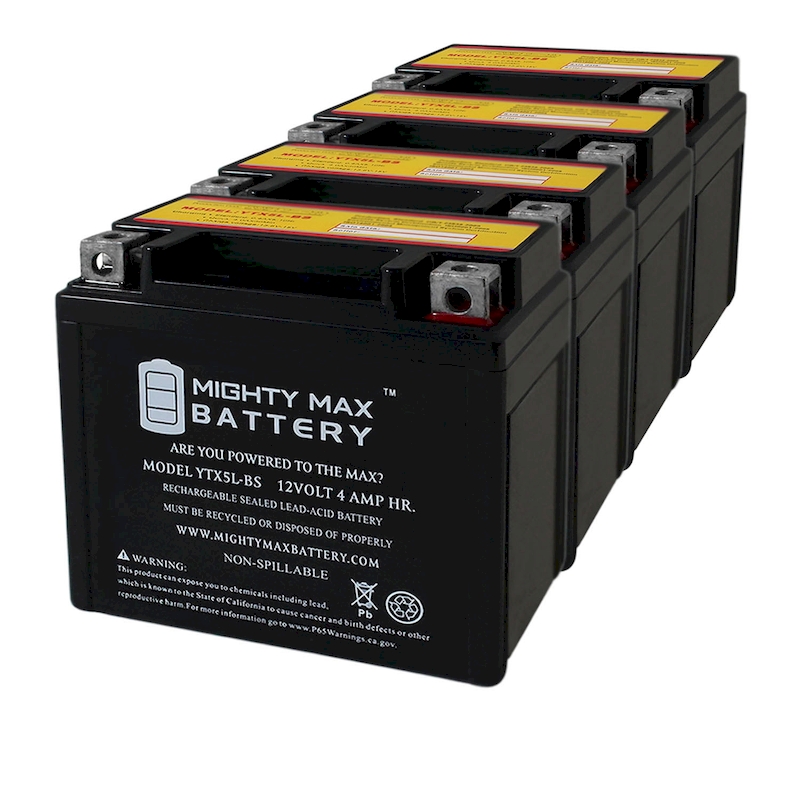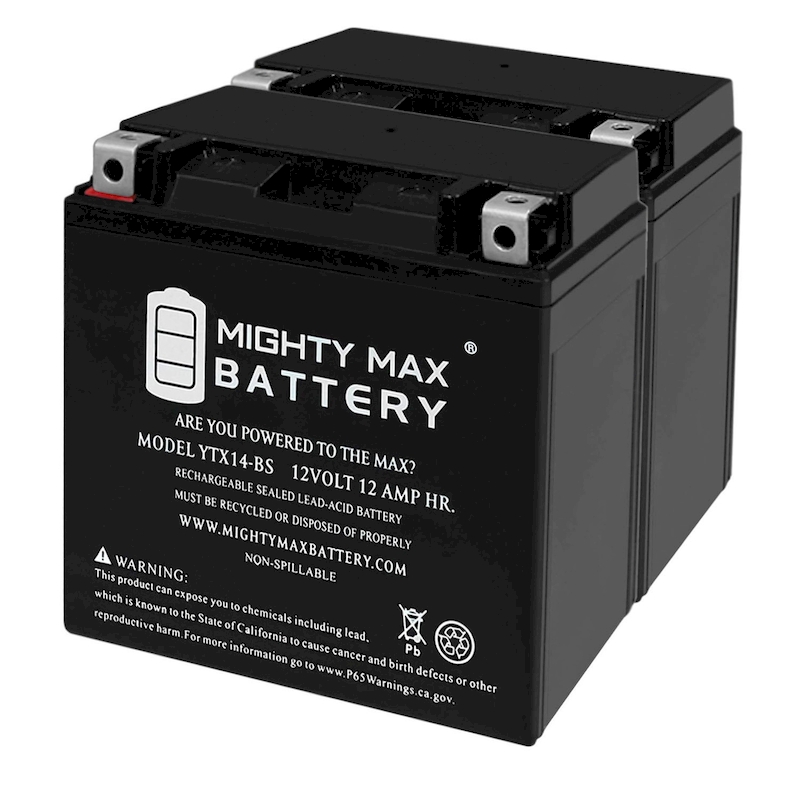Car batteries are a crucial part of any vehicle, powering everything from the ignition system to the infotainment system. However, many car owners often find themselves asking, “how long do car batteries last?” The lifespan of a car battery is influenced by various factors, including the type of battery, the climate in which the vehicle is used, and how well the battery is maintained. On average, a conventional lead-acid car battery lasts about three to five years, but this can vary significantly. Understanding the elements that affect battery life can help you take the necessary steps to prolong its performance and avoid unexpected breakdowns. In this article, we’ll explore the factors that affect battery longevity, types of car batteries, maintenance tips, and the signs of a weak battery.

Understanding Battery Lifespan
The lifespan of a car battery can be thought of as the time it can function effectively before needing replacement. Most car batteries, particularly lead-acid batteries, are designed to last between three to five years. However, numerous variables can significantly influence this timeframe.
In understanding how long car batteries last, it’s essential to consider that driving habits play a critical role. Frequent short trips may not allow the battery to charge sufficiently, leading to premature deterioration. Conversely, long road trips can help maintain battery health by allowing the alternator to charge the battery fully.
Another determinant of battery life is climate. In hotter climates, batteries can undergo faster chemical reactions, which may lead to a shorter lifespan. Cold weather, on the other hand, can increase the time it takes for a battery to start and may lead to quicker energy depletion. Therefore, understanding the bridge between temperature and battery longevity can assist drivers in managing their vehicle maintenance effectively.
Types of Car Batteries
When exploring how long car batteries last, it’s crucial to differentiate between the various types available on the market. The three primary types of car batteries include lead-acid, absorbed glass mat (AGM), and lithium-ion batteries. Each type has its own unique characteristics and expected lifespan.
Lead-acid batteries are the most commonly used in conventional cars and generally last between three to five years. They are often chosen for their reliability and affordability but may require regular maintenance.
Absorbed glass mat (AGM) batteries are becoming increasingly popular due to their enhanced performance features. Although more expensive than their lead-acid counterparts, AGM batteries typically last longer, with lifespans ranging from four to seven years. They are resistant to vibrations and can hold a charge better, making them suitable for vehicles with advanced electrical systems.
Lithium-ion batteries are mostly found in electric and hybrid vehicles. They boast an impressive lifespan of up to eight years or more, but due to their higher price point, they are not commonly used in traditional combustion engine vehicles.

Factors Affecting Battery Drain and Lifespan
To accurately answer the question of how long car batteries last, it’s also important to identify the factors leading to battery drain and a reduced lifespan.
Driving habits remain one of the largest contributors to battery health. If a driver frequently operates their vehicle for short distances, the battery may not have adequate time to recharge fully. In these situations, the battery can become undercharged and eventually fail prematurely.
Environmental conditions also take a toll on battery life. Extreme temperatures—both hot and cold—can cause chemical reactions within the battery. In hot weather, high temperatures can lead to increased loss of fluid, while cold weather can reduce the battery’s ability to generate power. It is advisable to keep an eye on the temperature, as consistently exposing a battery to extreme conditions can lead to unexpected failures.
Another factor to consider is electrical load. Modern vehicles come equipped with numerous electronic features, essential for comfort and convenience. However, excessive use of these electronic components without the engine running can drain the battery much more rapidly.
Maintenance Tips to Extend Battery Life
Maintaining your car battery can significantly impact how long car batteries last. With regular care, drivers can prolong their battery’s life and ensure reliable performance. Here are some essential maintenance tips to consider:
- Regular Inspections: Frequent checks can help catch any signs of wear and tear. Look for corrosion around the terminals, cracks in the casing, or any indication of leaks. If any of these issues arise, consider consulting a professional mechanic.
- Cleaning Terminals: Dust and dirt can accumulate over time, leading to an inefficient electrical connection. It’s good practice to clean battery terminals using a mixture of baking soda and water. Doing so will help improve conductivity.
- Battery Charge: If you don’t drive your vehicle regularly, consider using a battery maintainer or trickle charger to keep the battery charged. This is especially important for vehicles that sit idle for extended periods.
- Avoiding Frequent Short Trips: As discussed earlier, short trips prevent the battery from receiving a complete charge. Try to combine errands or plan longer drives occasionally to help your battery recharge adequately.
- Temperature Regulation: Always park your vehicle in shaded areas or use reflective sunshades to keep your battery cool. In colder conditions, consider using insulated battery blankets to maintain an optimal temperature.

Signs of a Failing Battery
Being vigilant about understanding how long car batteries last can help you identify when it’s time for a replacement. Here are some common warning signs to watch for:
- Slow Engine Crank: A slow-cranking engine is often the first sign that the battery is weakening. If it takes longer than usual for the engine to start, consider having your battery tested.
- Dashboard Warning Lights: Many modern cars have warning lights that indicate battery or charging issues. If you see a battery warning light, it’s essential to investigate further.
- Corrosion Buildup: White, ashy substance around the battery terminals could indicate corrosion. While cleaning it may help, substantial corrosion can lead to battery failure.
- Age: As a rule of thumb, if your battery is over three years old, it’s wise to have it tested regularly. Depending on your battery type, you may need to think about replacing it.
- Frequent Jump Starts: If you find yourself relying on jump-starts regularly, it’s a clear indicator that your battery is nearing the end of its service life.
Conclusion
In conclusion, answering the question of how long car batteries last is a complex task that depends on various factors, including the type of battery, maintenance levels, environmental conditions, and driving habits. While the average lifespan of a traditional lead-acid battery typically ranges from three to five years, this can be significantly extended with proper care and attention. Discover how long car batteries last and the factors that affect their lifespan. Learn tips for maximizing your battery life.
Understanding the various types of batteries and the conditions that affect their longevity will empower you to make informed decisions regarding their maintenance and eventual replacement. The importance of battery health cannot be overstated, as it plays a crucial role in vehicle performance and reliability. By following best practices in battery care and being aware of the signs of a failing battery, drivers can improve their overall driving experience and avoid unexpected inconveniences. Regular battery inspections and maintenance are essential in maximizing battery life, ensuring that when you turn the key, your car responds without hesitation.

